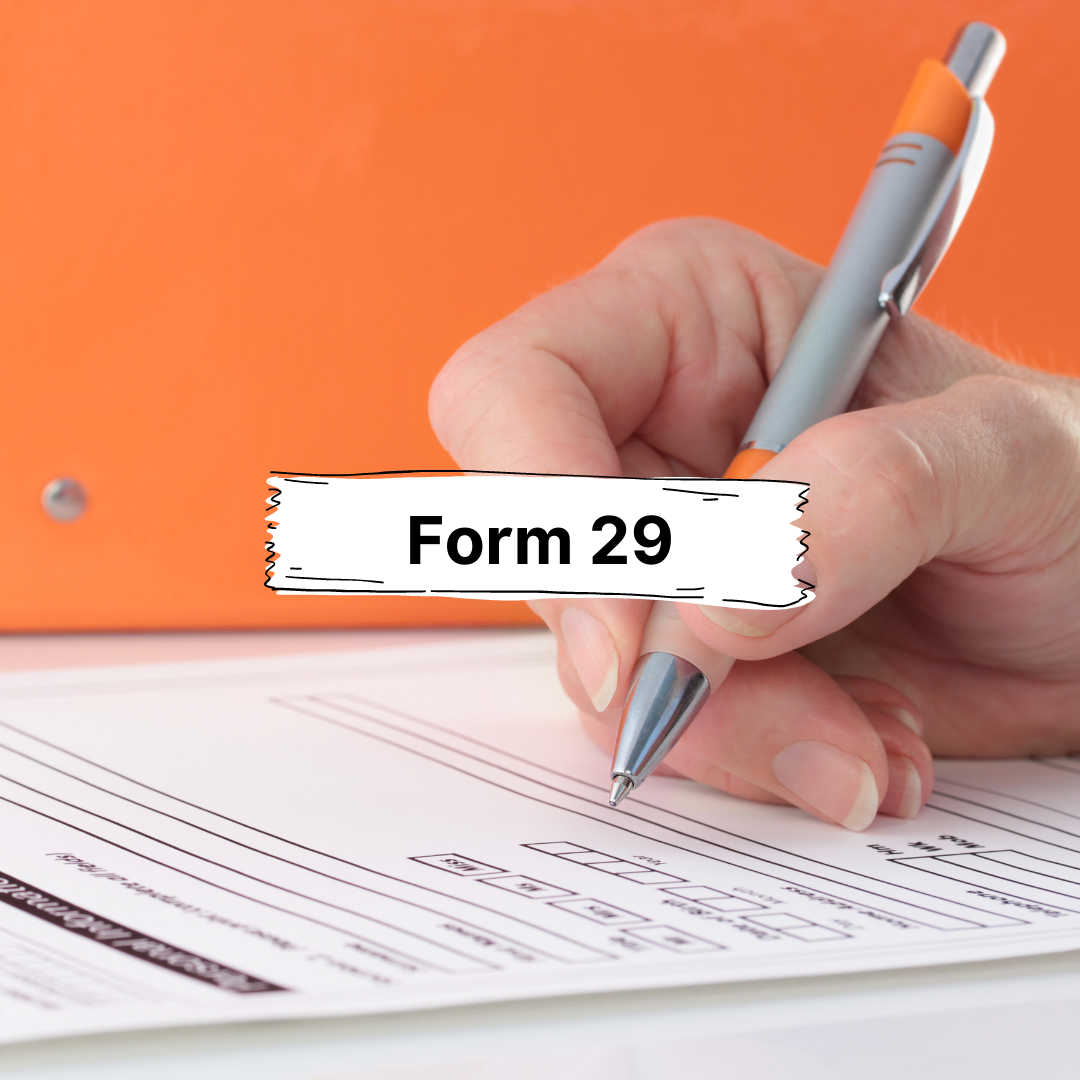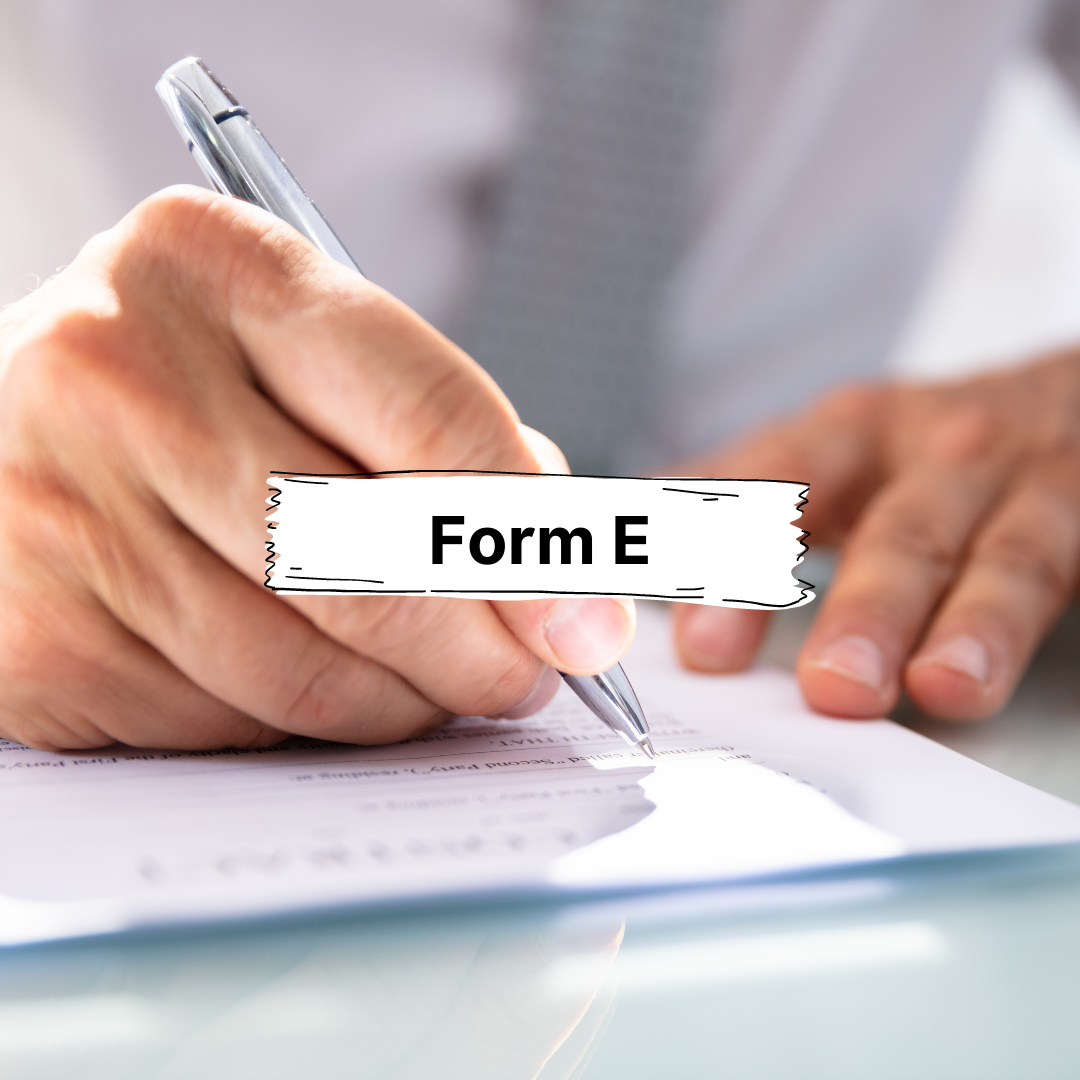It was expected that remote work would become the new standard by 2025, but due to the ongoing pandemic, most companies had to switch to remote work five years earlier. Prior to the pandemic, 4.7 million people were already working from home.
- Remote work increased by 173% between 2005 and 2018
- 88% of global organizations provided employees with remote work opportunities during a pandemic
- Companies that offer WFM opportunities have a 25% lower employee turnover rate
- 51% of employees prefer work-from-home to improve work-life balance
- 76% prefer to avoid the office if they need to focus on important tasks
Do you work from home?
The COVID pandemic has opened avenues for many to work from home, and one of the many benefits of working from home is the ability to deduct legitimate expenses from taxes. The downside is that work from the housing tax deduction can be abused very easily because of which the Internal Revenue Service (IRS) tends to scrutinize the tax return quite strictly.
However, if you can document your home office deduction diligently, don't be afraid to claim it. The Home office deduction form 8829 helps you analyze what you can and cannot claim. In this case, some of the household expenses can be written off, which may eventually lead to tax cuts. This is known as the Home Office Deduction and is one of the most misunderstood and popular types of small business owners' tax deductions.
Table of Contents:
- What is Home office deduction form 8829?
- Eligibility requirements for Home office deduction form 8829
- Conditions to apply for Home office deduction form 8829
- Are there any exceptions to these rules?
- Audit risk and withdrawal limits
- Pre-requisites of filling the home office deduction form 8829
- Home office deduction form 8829 deduction limits
- How to calculate home office costs
- How do I complete the IRS Home office deduction form 8829?
- Home office deduction form 8829 Part I
- Home office deduction form 8829 Part II
- Home office deduction form 8829 Part III
- Home office deduction form 8829 Part IV
What is Home Office Deduction Form 8829?
Self-employed people with a dedicated home office can fill out home office deduction form 8829 to request a tax credit for their work-from-home business use. The deduction amount depends on the method used.
The simplified method described in more detail below eliminates the need to submit home office deduction form 8829 and instead takes you directly to Schedule C, which is the sole proprietor's income tax form.
Another option is the actual costing method required on home office deduction form 8829. You can get direct home office expense deductions such as buying office furniture, and you will receive a portion of your total household expenses.
This form will walk you through the steps to calculate the percentage of your work-from-home that you can charge for use in your business. The actual cost method requires more effort and records management throughout the year, but in most cases, the deductions are higher.
Eligibility requirements for Home office deduction form 8829
Placing a folding table in the living room does not qualify for a home office deduction. This is what you need to write off your home office costs.
Filing schedule C
- Home office deduction form 8829 is for taxpayers who submit Form 1040 Schedule C only. Sole proprietors and owners of most single-member limited liability companies (LLCs) are eligible to use home office deduction form 8829 to calculate home office deductions for submitting Schedule C
- Partnership partners, LLC members, and S Corps and C Corps shareholders must seek a refund for their home office expenses. Your company can repay you for the business use of your home and claim a deduction for that business tax return. The result is the same, but the way to get there is more complicated
- Employees who receive the W-2 form each January will not be tax deductible for their home business use, even if the COVID 19 pandemic forces them to work from home. However, if you have a side gig that received Form 1099, you can claim a home office deduction form 8829 if the space is only used for the work-from-home side gig
Conditions to apply for Home office deduction form 8829
1. You should not be using the space for anything else
According to the IRS, a portion of your home must be used "exclusively and regularly" for your business to be eligible for a tax credit for your home office. Ideally, the space will be an open space or basement that is separated from the rest of your home. For an IRS audit, you need to prove that your home office is purely for business purposes.
Sharing your home office with others in your home is not considered exclusive. The home office should be a separate room or separate from the personal living space. The IRS does not have solid guidelines for what constitutes a clear separation but keeps in mind that a permanent separation is not necessary.
2. Your home is your primary place of business
The IRS states that if the home office is the only location, where you manage all your management and administrative tasks, then the home office will be considered the primary business location. For example, you use the place for:
- Billing to customers, clients, or patients
- Keeping books and records
- Ordering consumables
- Setting an appointment
- Transferring orders or creating reports
For example, you are a self-employed consultant who often meets clients in the office. You spend most of your time away from your home office, but you have a place at home to charge your clients and keep your bookkeeping.
3. Legitimate business expenses that you can claim
The costs you deduct should be directly related to your business. Common deductions include:
- Insurance
- Rent
- Utility
- Repair and maintenance
- Depreciation of housing
Deductible mortgage interest provided is limited to the percentage of your home dedicated solely to your business. For example, if only 15% of a square foot of a house is dedicated to business, then only 15% of household expenses can be used as a business deduction.
4. Meaning of using your home for business regularly
It means that you should always use your home office. Sometimes you can't work from home and claim to be a home office. That doesn't mean you have to use it every day, but it does mean that you have to use it consistently. So it's important if you use your office two days a week, but on different days.
Are there any exceptions to these rules?
Yes, there are some exceptions to the usual exclusive use rules.
- You don't have to pass a dedicated test to store inventory in your home, but you should use it for regular storage
- Use of an apartment as a daycare center - You do not have to pass an exclusive exam, but you use it regularly as a daycare center and meet the admission requirements for a daycare center
- Qualifications for detached buildings such as sheds, garages, workshops, etc. - This building should only be used regularly and for business purposes, but it does not have to be a major business location or a meeting place for clients
Audit risk and withdrawal limits
Home office tax credits are easy to claim but can be difficult to defend. Many working Americans, even those who legally work from home, do not have a designated dedicated area dedicated to business. For example, one taxpayer claimed a lobby area and bathroom as part of his research, but the deduction was rejected because his children used the bathroom from time to time.
It should also be noted that certain costs can only be used up to the amount of your business income. If you earn $ 100,000 from an office job, but you work from home and lose money, you can only deduct the cost of a particular home office.
Pre-requisites of filling the home office deduction form 8829
Before you can fill out this form, you need to do some preparatory work and collect information.
1. Business Space calculation
Your first task is to calculate the permissible business area for the total area of your home. You need to know the total square foot of your home and the total square foot of your place of business. Divide the business area of your home by the total area of your home to get the percentage of business use.
For example, if your house is 3,000 square feet and your commercial space is 300 square feet, that's 10%.
2. Calculate the Direct and indirect costs
You need to look at all the deductions for your home office and break them down into direct and indirect costs. Use the expense information in Schedule C for this purpose. Some direct expenses (referred to as "other expenses" in Form 8829) are company-specific expenses. These costs include regular operating costs incurred by any company, including advertising, legal fees, and payments to employees or independent contractors. These costs are not reported on home office deduction form 8829. They are included elsewhere in schedule C.
- Other direct expenses are household expenses that benefit only the business portion of your household. Examples include painting certain areas, improving room lighting, installing another internet service or entrance area for customers
- Indirect expenses are those that are shared between the establishment and the rest of the house. Percentages are relevant here. Some shared costs are mortgage interest, utilities, and general home repairs
3. Depreciation and accidental damage
You need to collect information about the depreciation of your home, especially the value of the land and the base (cost) of the building. If you suffer accidental damage to your home during the year as a result of a federal-declared disaster, you may be able to deduct a portion of that loss as part of your business expenses. This loss amount is required for the calculation. If the accidental deduction is greater than your income, your loss may be limited. Excess loss (the amount that exceeds the limit for the year) may be carried forward to the next tax year.
How much can I deduct?
The amount you can depreciate depends on what percentage of your home you spend on your business.
To find out:
- Measure the total area of your home. You may be able to find this in your previous list of brokers or your mortgage record
- Measure the square foot of your home office
- Divide the square foot of your home office by the total area of your apartment
The total is a deductible percentage. For example, if your apartment is 3,000 square feet and your home office is 300 square feet, the calculation is 300/3,000 = 0.1. Therefore, you can deduct 10% of the above indirect home office costs.
Home office deduction form 8829 deduction limits
- First, you need a positive net income to claim a deduction. If your company's net income is negative, you cannot claim a home office deduction to amplify your loss
- Second, you can only claim a home office deduction up to your total net business income — you cannot use a home office deduction to cause a loss to your business
For example, if your net business income is $ 5,000 and your home office costs $ 7,000, you can only deduct $ 5,000 out of the $ 7,000 costs.
How to calculate home office costs
According to the IRS, there are two ways you can calculate how much of your home constitutes a home office and how much of your incurred costs are deductible.
- The first method (the "regular" method) is to calculate the actual cost
- The second method, called the "simplified" method, is faster, but may not give you any deductions
The Regular method
The method of using the actual cost statement starts with calculating:
- Which of your operating expenses is direct, indirect, or independent?
- Percentage of your home used for business purposes
The IRS offers two ways to find an acceptable percentage of business in your hometown:
- Divide the commercial area (length x width) by the total area of your home
- If the rooms in the house are about the same size, you can divide the number of business rooms by the total number of rooms in the house
While the regular method requires accurate records, the IRS has a handy worksheet to get taxpayers on track if expenses exceed total income, and only some of them can be deducted.
The Simplified method
A simplified procedure was introduced in 2013 to simplify the calculation of permissible deductions for working from home. To calculate the deduction amount using the simplified method, you need to know the following:
- An authorized area of your home used to do business. If you're not doing business at home all year long, or if the range changes throughout the year, you need to know what tolerance you're using and how many days you're doing business each month. It will be executed
- Total income from your home's business use
- Business expenses that are not related to the use of the house
- If your business use is a daycare that uses your home space on a regular (but not exclusive) basis, you also need to know the percentage of time that part of your home is spent on daycare
Once you have this information, you can use the following steps to calculate the deduction amount.
- Multiply the permissible area by $ 5 (target business use is regular but not exclusive, but less than $ 5 for daycare that uses your home space)
- From the total income related to the use of commercial housing, deduct costs from businesses not related to the use of housing. If these costs are higher than the total income from the commercial use of the house, then the commercial use of this house cannot be deducted
- Take the smaller amounts in (1) and (2). You can use a simplified method to deduct this amount for this qualified business use of your home. Other rules apply that limit the applicant's ability to use the simplified method. For example, if you share a room with others, they cannot both deduct the same room
How do I complete the IRS Home office deduction form 8829?
If you are interested in claiming a home office deduction, you will need to fill out home office deduction form 8829. Here is how to fill out the form line by line.
Home Office deduction Form 8829 Part I:
Part of your home used for business
- Line 1: Enter the total area of your home office
- Line 2: Enter the total number of squares in the house
- Line 3: Divide the 1st line by the 2nd line. The total is the business part of the house plus the deductions
- Line 4: Complete this line only for daycare centers. Multiply the number of business days in a year by the total number of business hours per day
For example, if you are open 8 hours a day, 200 days a year, multiply 200 by 8. The product is 1,600, which is the number of hours you have spent at your home for business.
- Line 5: If you are using your home as a daycare center all year round, enter 8,760
- If you did not use your home as a daycare center for the year, calculate the number of days you have used your home as a daycare center and multiply that number by 24. Enter that number here
- Line 6: Divide line 4 by line 5. Enter a number here as a decimal number
- Line 7: If you are not a daycare center, enter the number on line number 3. In the case of a daycare center, multiply the 6th line by the 3rd line. This is a deductible percentage
Home Office deduction Form Part II:
Determine the permissible deduction amount
- Line 8: Usually enter the total profit from the business. This is on line 29 of Schedule C. However, if you have capital gains or losses from your home office, enter the amount after deducting the gains or losses on line 29 of Schedule C
If you work both in your home office and elsewhere, you need to calculate how much of your total income (line 7 of Appendix C) is working in your home office.
Next, deduct the total expenses (line 28 of Appendix C) from the total income from the home office. Enter this amount on the 8th line.
- Column (a): This is a cost directly related to your home office. Enter the full amount of the expense directly in this column
- Column (b): This is for indirect costs, that is, the costs you incur for your work from home and your territory. These costs are shared professionally and personally. Enter the full amount of overhead in this column
- Line 9: If you have completed Form 4684 and have incurred casualty expenses, you must fill out this line. Accidental damage is the loss or damage of assets as a result of sudden, unexpected, or unusual events such as natural disasters
- Line 10: Report mortgage interest here. Mortgage interest is an indirect expense unless you pay the mortgage interest in another structure that you use for your business
You can enter mortgage interest here only if you do not request a standard deduction. Analyzing the deduction amount, line 10 details how to calculate the amount.
- Line 11: Enter the property tax paid here. Like mortgage interest, property taxes are considered overhead unless you pay taxes on another structure used for your business
- Line 12: Adds the sum of rows 9, 10, and 11 for each column
- Line 13b: Multiply the sum on line 12b by the percentage on line 7
- Line 14: Adds the sum of lines 12a to the amount on line 13
- Line 15: Subtract the amount on line 14 from the amount on the 8th line. If the amount is negative/zero, enter zero
- Line 16: If you want to receive a standard deduction, enter the total interest on the mortgage you paid. If you have listed the deduction amount and cannot amortize all interest on your Plan A mortgage, enter the unclaimed amount here
- Line 17: If you want to receive a standard deduction, enter the total property tax paid
- Line 18: Enter the total amount of insurance paid by the homeowner or lessor
- Line 19: If you do not own a house, enter the total amount of rent you paid
- Line 20: Enter the total amount of repairs and maintenance paid
- Line 21: Enter the total amount of incidental costs paid
- Line 22: If you have other household expenses that do not fit into the above categories, you can enter them here
- Line 23: Add lines 16 to 22
- Line 24b: Multiplies line 13b by the percentage of line 7. Enter the amount you received here
- Line 25: If you submitted the home office deduction form 8829 last year, look at line 42 and enter the amount here
- Line 26: Merge lines 23a, 24, and 25
- Line 27: Compares line with line 15 and line 26. Then enter the smaller amount
- Line 28: Subtract lines 15 to 27
- Line 29: If you enter more accidental damage than line 9, multiply the excess by the business percentage (line 7)
- Line 30: If you want to fill out the form line by line, go to Part III, complete this section, and then return to line 30 to continue the form
- Line 31: This line is for expenses carried forward to this year that could not be claimed last year (due to the home office deduction limit). If you filled out home office deduction form 8829 last year, look at last year's form and enter the amount on line 43
- Line 32: Add lines 29 to 31
- Line 33: Compares lines 28 and 32. Enter the smaller amount
- Line 34: Adds lines 14, 27, and 33
- Line 35: If there is accidental damage, you need to split the accidental part from the depreciation part on lines 14 and 33. Then enter this amount here and in Form 4684
- Line 36: Subtract lines 34 to 35. Finally, the deduction amount for the entire home office is shown
Home Office deduction Form 8829 Part III:
Depreciation of your home
- Line 37: Enter the smaller of the following two numbers. It started with the cost of the house (including real estate) on the first day of doing business from the home office, or the fair market price business activity of the house on the first day of the home office
- Line 38: Enter the smaller of the following two numbers: the cost of the lot in which your home is located, or the market value of the lot on the day you started working from your home
- Line 39: Subtract lines 37 to 38
- Line 40: Multiply line 39 by line 7 to get a business percentage
- Line 41: The number you enter on line 41 depends on when you first used your home for business
- Line 42: Multiplies the 40th line by the 41st line. The total is the permissible depreciation expense. Remember to enter this number on line 30
Home Office deduction Form 8829 Part IV:
Carryover of Banned Expenses
- Line 43: Subtract lines 26 to 27. If the amount is negative/zero, enter zero. This is the number of home office costs that cannot be amortized this year but can be carried forward to next year
- Line 44: Subtract lines 32 to 33. If the amount is negative/zero, enter zero
Transcription in your home office isn't as scary or complicated as it looks. Now that you know how to claim a home office deduction, you can save a lot of tax over the next few years.
Conclusion
Home office deduction Form 8829 is a valuable deduction for entrepreneurs who use their homes as their primary place of business. It is important to keep accurate records to fill out home office deduction form 8829 appropriately. It is highly recommended to seek professional services or use software to help you and enjoy the many deductions available. Home office deductions help justify turning a beautiful living space into an office space.
How Can Deskera Payroll Help?
Payroll management and employee management are integral to any organization. If you are looking for a holistic and automated tool to manage payroll, employees, expenses, contractor management, Deskera People could be the apt solution.
Process your payroll now with Deskera People
Key Takeaways
- The costs of running a business from home are tax-deductible from federal tax, within certain limits
- To calculate your costs and deductions, add up all your costs to calculate the percentage of your home devoted to your business, or use a simplified way to perform the same calculation
- Be sure to get information about home office deduction form 8829 published after 2018 as the tax cuts and job reforms in 2017 changed the deduction rules
Related Articles












